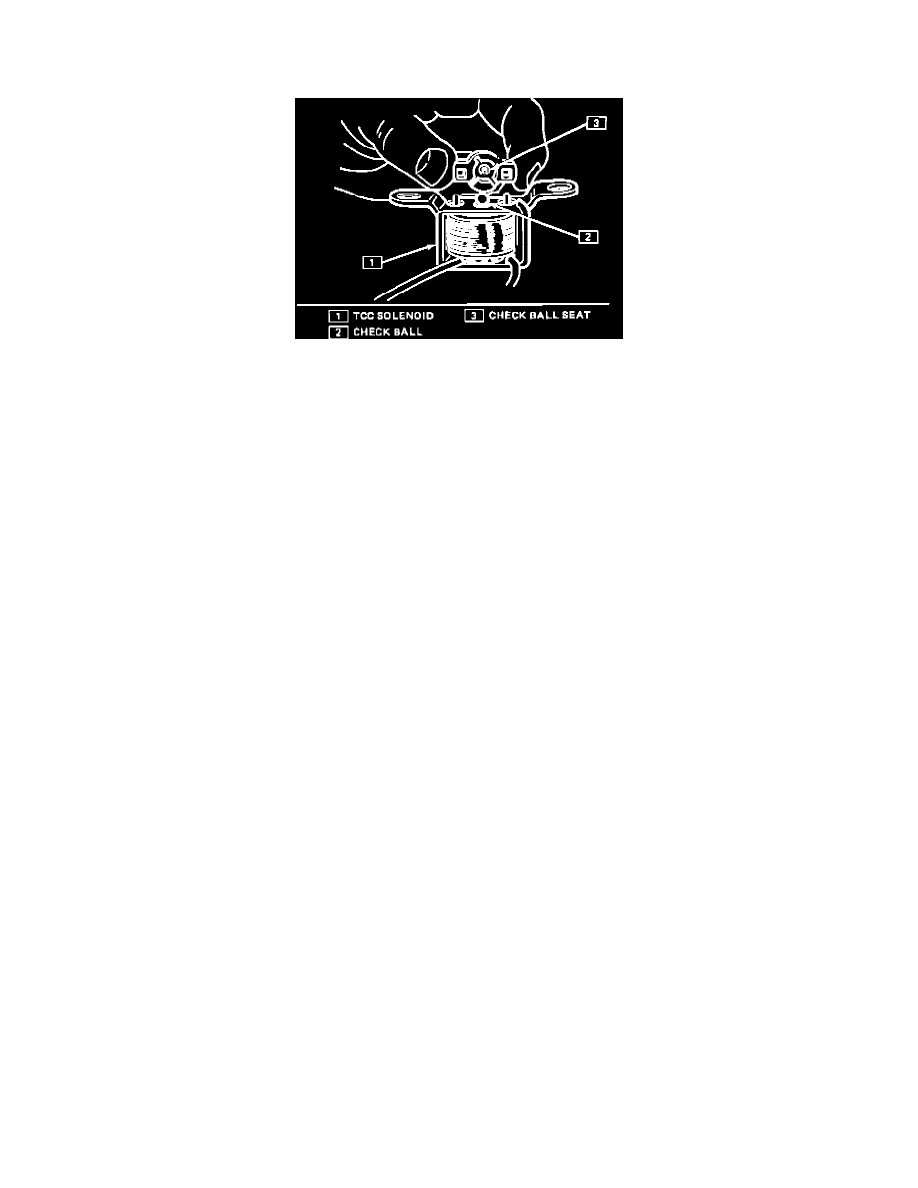Camaro Z28 V8-305 5.0L VIN F FI (1991)

Torque Converter Clutch Solenoid: Description and Operation
Computer Command Control - Port Fuel Injection
Torque Converter Clutch Solenoid
The purpose of the Transmission Converter Clutch (TCC) feature is to eliminate the power loss of the torque converter stage when the vehicle is in a
cruise mode. The TCC system uses a solenoid operated valve to couple the engine flywheel to the output shaft of the transmission through the torque
converter. This reduces the slippage losses in the converter, which increases fuel economy. For the converter clutch to apply, at least two conditions
must be met.
^
Internal transmission fluid pressure must be correct.
^
The ECM completes a ground circuit to energize the TCC solenoid in the transmission, which moves a check ball in the fluid line and allows
the converter clutch to apply..
The ECM controls the TCC apply solenoid by looking at several sensors.
^
Engine must be in closed loop operation.
^
Vehicle Speed Sensor (VSS). Speed must be above a certain value before the clutch can apply.
^
Coolant Temperature Sensor (CTS). Engine must be warmed up before the clutch can apply.
^
Throttle Position Sensor (TPS). After the converter clutch applies, the ECM uses the information from the TPS to release the clutch when the
car is accelerating or decelerating at a certain rate.
^
Gear Select Switch. The 4th gear switch inputs to the ECM. The ECM uses the 4th gear switch signal for TCC engage and disengage points
for 4th gear only.
^
Another switch used in the TCC circuit is a brake switch which opens the 12 volt supply to the TCC solenoid when the brake is depressed.
